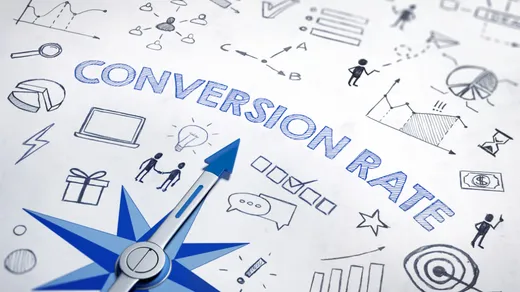Creating a website for your small business is an exciting endeavor. But once it’s up and running, how do you measure its success? With so many variables and metrics to consider, it can be difficult to know where to start.
Fortunately, there are a few key performance indicators (KPIs) that can help you assess the performance of your website and make informed decisions about how to improve it. In this blog post, we’ll discuss how to measure the success of your small business website and the KPIs you should be tracking.
1. Traffic
The first KPI to measure is website traffic—the number of visitors who visit your website. This provides an indication of how many people are aware of your business and are interested in what you have to offer. The best way to measure website traffic is with an analytics tool like Google Analytics. It can tell you how many visitors you’re getting, where they’re coming from, and how long they’re staying on your website. This will help you understand which marketing efforts are working and which need to be improved.

2. Conversion Rate
The second KPI to measure is your website’s conversion rate—the percentage of visitors who take a desired action (such as signing up for a newsletter, making a purchase, etc.). This metric tells you how successful your website is at turning visitors into customers. You can track conversion rate with the help of a tool like Google Analytics, or you can use a specialized tool like Hotjar or Optimizely.
3. Bounce Rate
The third KPI to track is your website’s bounce rate—the percentage of visitors who leave your website without taking any action. A high bounce rate indicates that visitors are not finding the information they’re looking for on your website, or that the design is not engaging enough. To reduce your bounce rate, make sure your website is up-to-date and optimized for mobile devices, create compelling content, and use clear calls to action.

4. Time on Site
The fourth KPI to measure is time on site—the average amount of time visitors spend on your website. This metric provides an indication of how engaged people are with your content and whether or not they’re finding what they’re looking for. You can track time on site with the help of an analytics tool like Google Analytics.
5. Social Media Engagement
The fifth KPI to track is your website’s social media engagement—the number of likes, shares, and comments you receive on social media platforms. This metric provides an indication of how effective your content is at engaging people and how well your website is doing at increasing brand awareness. You can track social media engagement with the help of a tool like Publer or Hootsuite.
Measuring the success of your small business website is essential for making informed decisions about how to improve it. By tracking the above KPIs, you can get a better understanding of how your website is performing and make changes to optimize it for success.




